Shooting the Rapids, 1879, by Frances Anne Hopkins. COURTESY LIBRARY AND ARCHIVES CANADA / ACC. NO.1989-401-2 / E011180748. This painting depicts a birch bark canoe manned by 16 fur trading voyageurs with 4 passengers seated in the middle of the vessel.
FIFTH LANDING
Métis Connections
What You’ll Learn in this Section
The Métis are recognized by the Canadian Constitution as one of the “Aboriginal” peoples of Canada. They developed their identity as distinct communities rooted in mixed descent from Indigenous nations and European—primarily French—ancestors.
The Métis community of Misko-Aki is part of a larger community which originated at the seventeenth century French post at Michinnimakinong (Michilimackinac) in northern Michigan. This community relocated to Georgian Bay in the early nineteenth century.
The Métis were key intermediaries during the fur trade era. The fur trade was the crucible in which the Métis Nation was forged, bringing together Indigenous and European men and women in common economic pursuits and shared lifeways. Some of the important roles held by the Metis included transporting goods via canoe as voyageurs or working as hunters, trappers, traders, guides, and translators.
The wool sash is both a cultural symbol as well as a tool used by Métis people. The product of Indigenous artistry and craftsmanship and French style and design, these are made by finger weaving hundreds of different coloured threads. Like the Métis themselves, sashes are a visible reminder of the strength and versatility that comes from joining diverse parts to create a new, greater whole. The sash is a multi-purpose clothing accessory usually worn around the waist as a belt.
Seeds and Roots of the Métis
The Métis are recognized by the Canadian Constitution as one of the “Aboriginal” peoples of Canada. They developed their identity as distinct communities rooted in mixed decent from Indigenous nations and European—primarily French—ancestors. Their unique cultures arose through the resulting blend of traditions and through their role as key intermediaries during the fur trade era. The Métis community of Misko-Aki is part of a larger community which originated at the seventeenth century French post at Michinnimakinong (Michilimackinac) in northern Michigan. This community relocated to Georgian Bay in the early nineteenth century.
A civilian community of French, Indigenous, and Métis traders and voyageurs at Michinnimakinong moved to Drummond Island with the British garrison after the War of 1812. When Drummond Island was ceded to the Americans in 1828, the community moved to Penetanguishene. This community retained its identity as it expanded northward into and beyond Misko-Aki through the nineteenth and twentieth centuries.
Voyageurs at Dawn, Ontario, 1871, by Frances Anne Hopkins. COURTESY LIBRARY AND ARCHIVES CANADA / ACC. NO. 1989-401-3 / E011154434. In this painting Hopkins illustrates the typical campsite where the overturned canoes provide shelter for the weary voyageurs. The men’s clothing and tools—axes, paddles, wicker baskets, frying pans, and mugs—are all rendered with great accuracy. The round emblem on the bow of the canoe is an Ojibway good luck symbol.
Children of the Fur Trade
The fur trade was the crucible in which the Métis Nation was forged, bringing together Indigenous and European men and women in common economic pursuits and shared lifeways. Children of mixed ancestry and their descendants carved out a pivotal role for themselves, bridging the cultures, languages, and economic interests of their ancestral communities. Some of their most important roles included transporting goods via canoe as voyageurs or working as hunters, trappers, traders, guides, and translators. Recognized as a distinct blend of the founding cultures, Métis communities grew and developed during the eighteenth and nineteenth centuries.
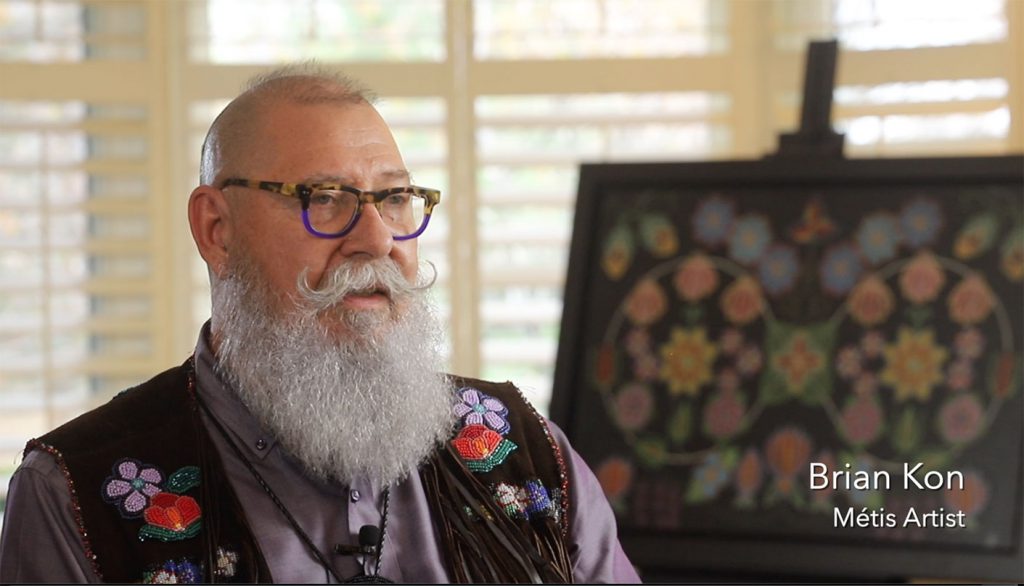
LISTEN TO OUR STORIES
Brian Kon, Métis Nation of Ontario, explains who the Métis people are and his family background. (Length: 1:04)
Métis Arts: Flowers, Songs, and Dance
Métis artistic traditions reflect the blend of cultures in which they are rooted. Beadwork, rooted in the Indigenous use of bone, shell, and porcupine quills, embraced colourful glass “seed beads” in the early nineteenth century to produce detailed floral motifs inspired by European embroidery. Métis beadwork and embroidery is used to adorn clothing, hats, moccasins, bags, and other personal and household items. Music, song, and dance similarly fused French and Scottish tunes with Indigenous steps to create the Métis style. The Métis fiddling, step dancing, jigging, and square-dancing tradition is continued through competitions, music festivals, and cultural gatherings.
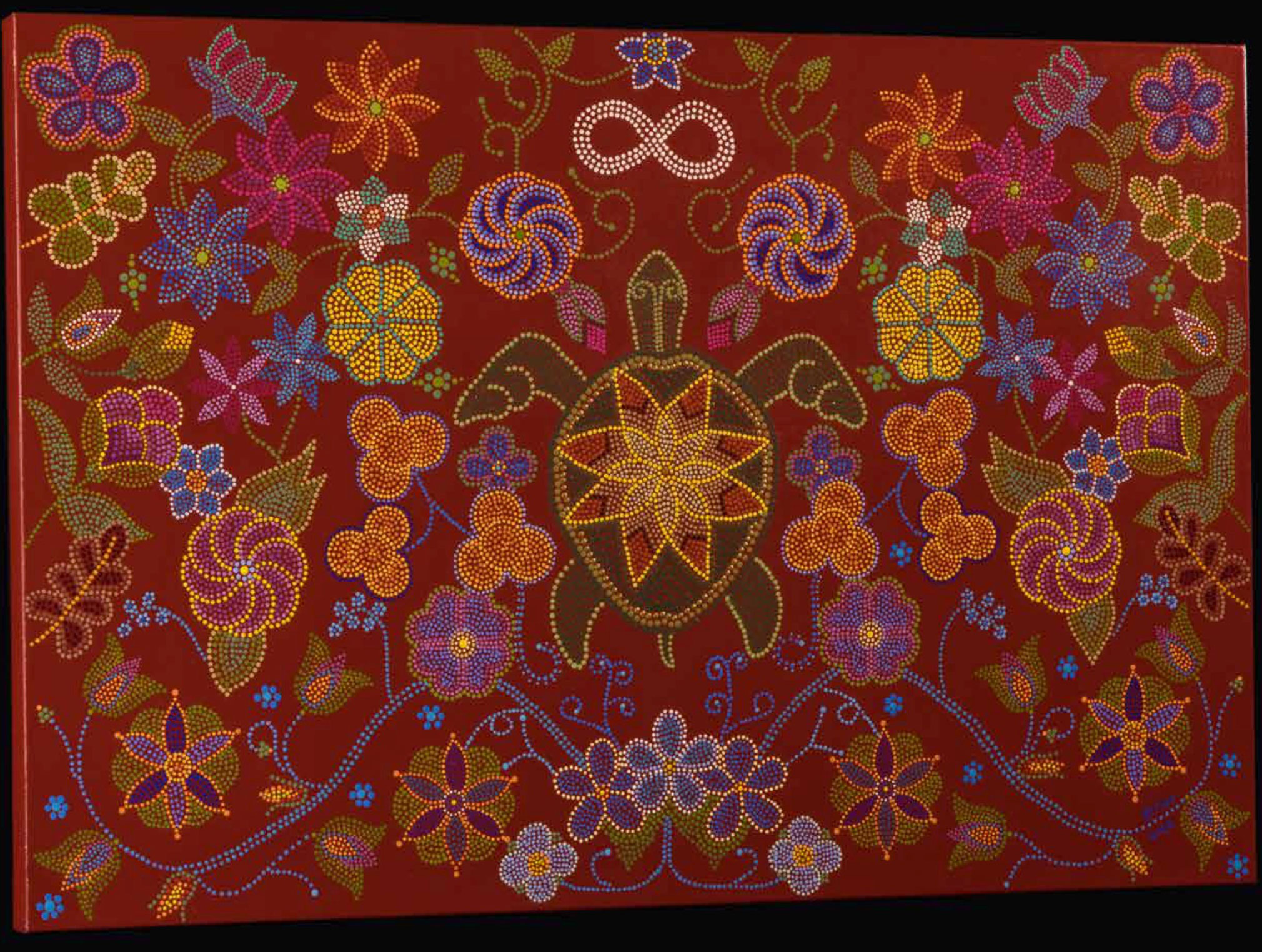
Becoming Métis, 2022. Brian Kon (Métis). 022.9
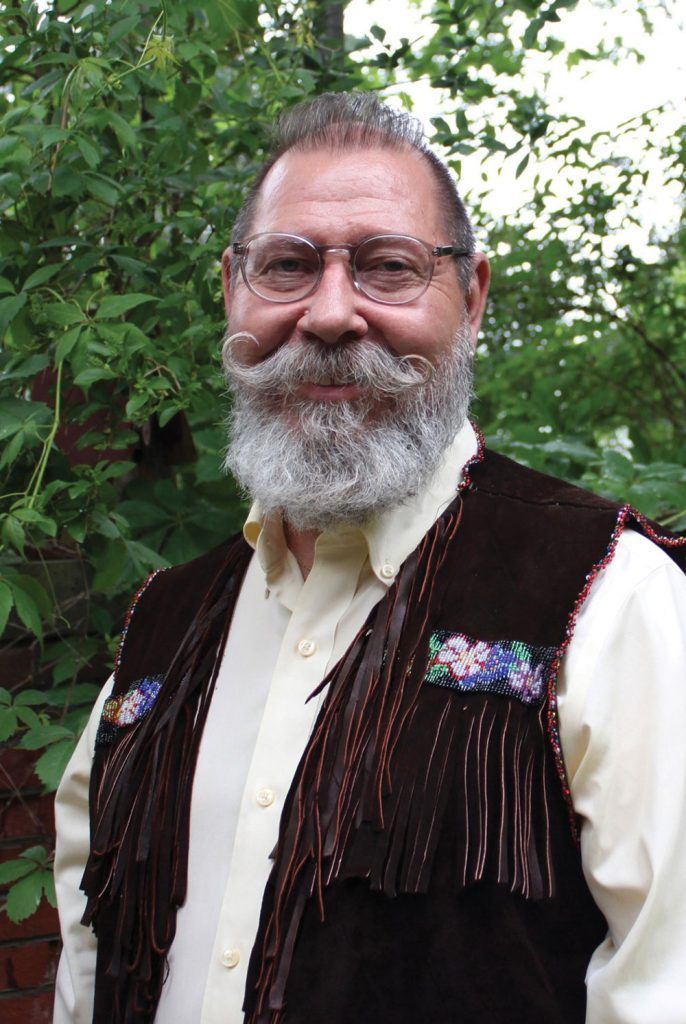
Brian Kon has become an internationally recognized visual artist from the Métis Community. His style of art is called Dot Art (Bead Art Painting), which is a modern version of traditional beadwork created by Métis people. Each “bead” is applied as a single dot of paint to create the images in his art. Many of the designs in Brian’s paintings can be traced to beadwork found on historic clothing and possessions of Métis people.
“The turtle is transitioning onto land from water — represented by blue vs green flourishes/stems. It is headed towards the Métis infinity symbol that shows the coming together of our First Nations and European ancestors on Turtle Island.” — BRIAN KON
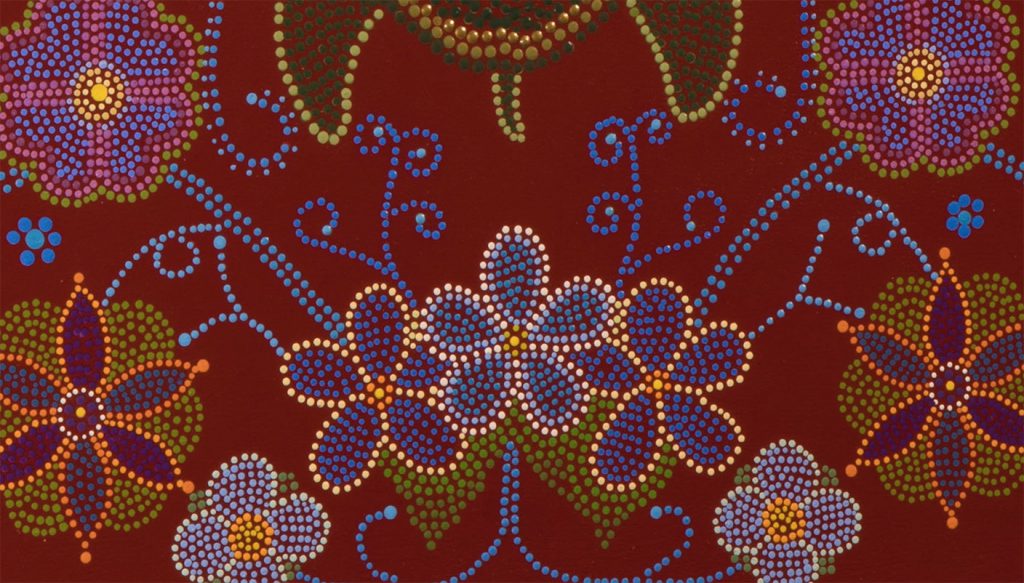
LISTEN TO OUR STORIES
Brian Kon, Métis Nation of Ontario, shares how his family and the land influence his artwork. (Length: 2:23)

7 GRANDFATHER TEACHINGS
HONESTY
It takes bravery to be honest in our words and actions. One needs to be honest first and foremost with oneself. Practicing honesty with oneself makes it easier to be honest with others. Honesty is to have integrity and to always be sincere. The honest person knows tranquility.
“HONESTY” IN MICHIF: AEN HONAYT
ICONIC OBJECTS GALLERY
Explore objects that reflect Misko-Aki’s ancient Indigenous history.
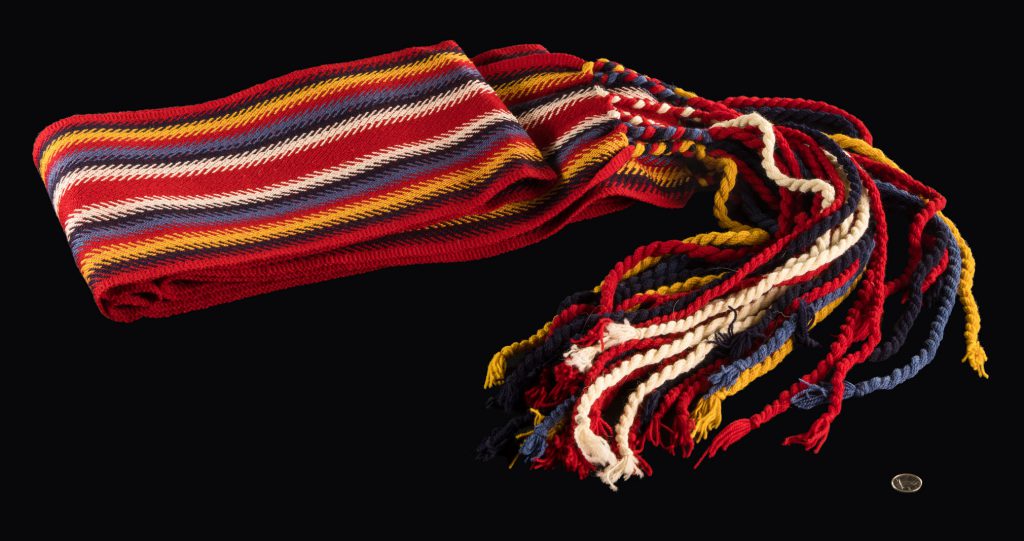
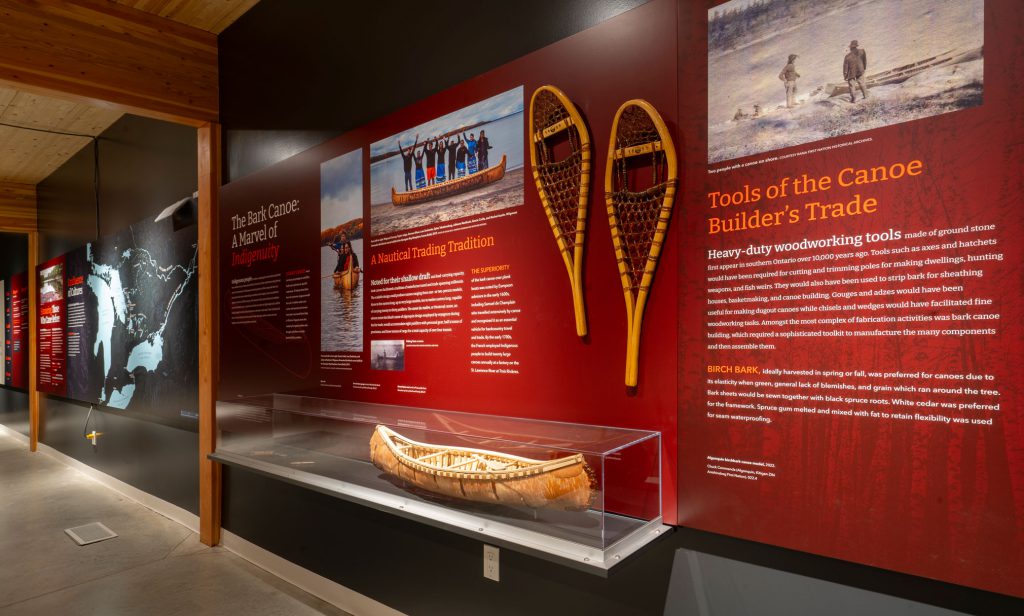
Are You Ready to Experience Misko-Aki in Person?
Visit the Muskoka Discovery Centre to explore Misko-Aki as well as our many other immersive exhibits, programs and activites.
Purchase Tickets





